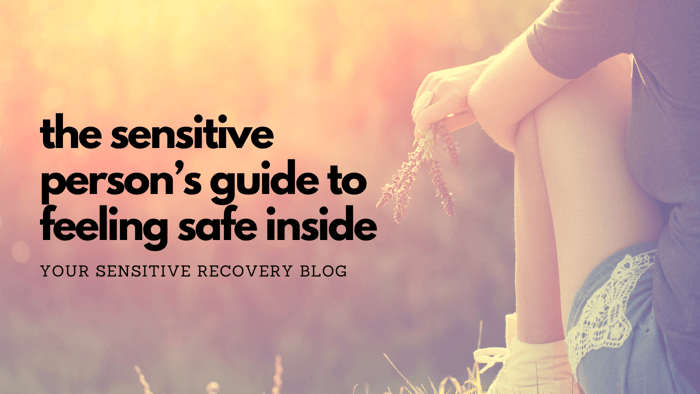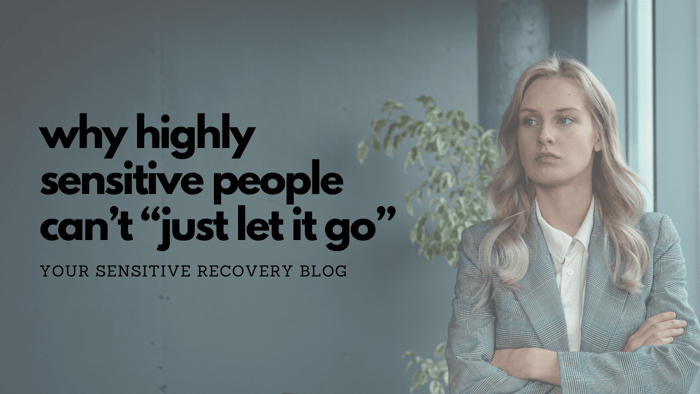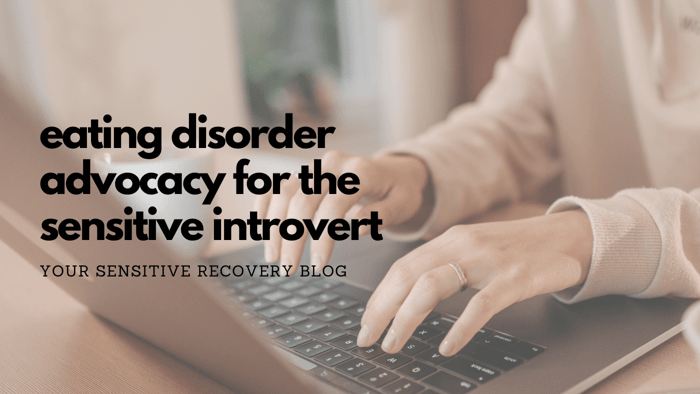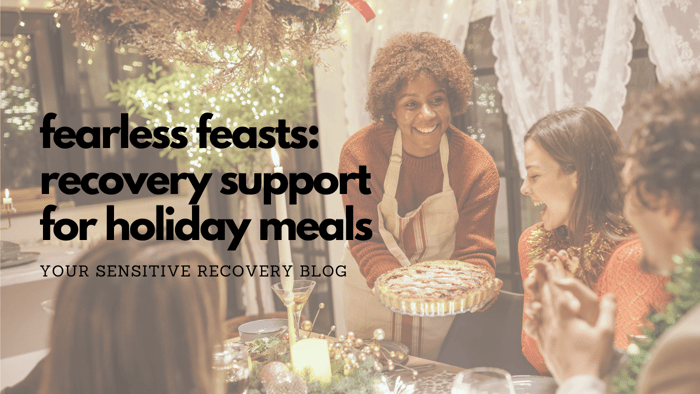As a Highly Sensitive Person, the world often feels like it's just too much - too loud, too fast, too overwhelming. In those moments, the need for inner safety isn’t just about locking the door or finding a quiet corner to hide in. It’s about creating a sense of security deep within; a place where your spirit can find rest, no matter what’s happening around you.
But how do you cultivate that sense of security when everything feels jarring or unsettled? This post is here to guide you with gentle practices that can help you feel safe inside.
Getting Acquainted With Your Sense of Safety
Feeling safe is an extremely subjective experience. For folks who have experienced trauma, especially complex, ongoing trauma, an internal sense of safety might be completely foreign.
Yet even without the additional burden of traumatic experiences, Highly Sensitive People can struggle to find inner safety due to their tendency toward overstimulation and overwhelm.When you consider feeling safe, what comes to mind? It's ok if you aren't yet acquainted with the bodily experiences of safety. To help you start thinking about this, I'll share some of my own personal "safety identifiers."
When I am feeling safe...
- My jaw is relaxed and my shoulders are fully dropped.
- I can smile and laugh with ease.
- I can easily close my eyes for several minutes without the urge to look around.
- My heart rate is slower and feels steady.
- I feel free to be myself (no masking or hiding necessary).
If you'd like to become better acquainted with your own safety identifiers, it's important to be on the lookout for them without judgment. The more curiosity you can bring to the moment ("Hmm, my neck feels really tense" instead of "I can't believe my neck is killing me AGAIN.") the better.
A Compassionate Landscape
If your sense of safety feels elusive, that's ok. Being a sensitive human does not mean you are doomed to feel hypervigilant and stressed out for the rest of your life. Developing inner safety IS possible with patience and practice.
On that note, I want to acknowledge that some people live in a genuinely unsafe environment, whether due to abusive relationships, unstable circumstances, or other adverse situations. If this is you, please know that your experience is valid, and your lack of inner safety is not a character flaw.
Feeling safe can seem impossible when the world around you IS unsafe, and it’s okay to acknowledge that safety, in some ways, is a privilege.Still, there are ways that you can nurture a sense of inner safety, even in the worst of circumstances, and it starts with compassion and small acts of kindness toward yourself.
Contrary to popular opinion, self-compassion is NOT weak or self-indulgent. It's a powerful tool of healing and resilience, and it's absolutely essential for cultivating inner safety. Self-compassion fosters a nurturing internal landscape where mistakes, imperfections, and vulnerabilities are met with kindness and understanding instead of criticism.
Yes, this can be very challenging, especially for those who have internalized criticism from other people or have learned to equate their worth with their achievements. Replacing these ingrained beliefs with a compassionate mindset takes time and effort, but the rewards are well worth the effort.
Evoking and Enhancing Inner Safety
The following practices can act as momentary life preservers, whether you're floating in a sea of traumatic experiences, or overstimulation and stress. Give each exercise a few different tries before deciding whether or not they are a fit for you. It's important to remember that inner safety may initially feel uncomfortable, simply because it's foreign.
Self-Holding
With eyes opened or closed (as you prefer), gently place one hand over your forehead and one over your heart. Hold this for a few minutes, paying attention to the heat of your palms and the space between your hands. You may also try a hand on the back of your neck. Each of these locations are common "soothing spots" where you might instinctively touch a child who is scared or doesn't feel well.
Oasis Places
Scan your body for any areas that feel completely neutral, or maybe even relaxed and peaceful (but neutral is good enough for this exercise). This can be especially helpful when experiencing chronic pain or tension. Some good locations to test out are the tip of your nose, your ears, and the tops of your feet. Spend a few minutes just paying attention to the neutrality you discover.
Clench & Release
This exercise helps remind your body how to release and let go of distressing sensations and thoughts. Start with a deep inhale. Clench your fists tightly. Hold the tension until it feels difficult or you are ready to exhale. Relax your hands completely as you begin to slowly exhale. Pay attention to the sensations in your fingers as the tension dissipates. Repeat as desired.
Calm Place Visulization
Picture a place (real or imagined) that evokes positive thoughts and feelings. As you allow this location to come into focus, slowly scan each of your senses and allow each one to experience your surroundings. Notice what time of day it is, the amount of light, and any colors you see. What is the ground beneath you like? What textures nearby can you touch? What is the temperature like in this place? Can you hear any sounds of nature? Do you notice any smells? Just keep noticing what you notice, knowing that you can change any quality at any time to better suit you.
Small Steps Matter
Creating a sense of safety inside yourself is one of the most powerful gifts you can give your Highly Sensitive soul. It’s not about pretending everything is okay—it’s about building an internal refuge, a place of calm and compassion that you can return to whenever you need.
You truly are deserving of both inner and outer safety, and your ability to face whatever day-to-day challenges come at you is a testament to your resiliency. (By the way, you're still facing it even if it looks like staying in bed all day. No judgment.)
Let small steps toward your safety be enough. It may seem like just a minute or two of feeling relaxed and at peace isn't worth the effort. But even the tiniest of moments are valuable in your overall journey of developing your sense of inner safety.
Wishing you the best. 💕
✨ Josie Munroe, LMFT is a licensed therapist and owner of JosieMunroe.com and Your Sensitive Recovery. As a recovered clinician and Highly Sensitive Person, she loves supporting others on their journeys to form new, empowered relationships with food, their bodies, and their sensitivity. Join the newsletter for a weekly boost of hope and inspiration. You deserve a recovery that works for you! ✨





